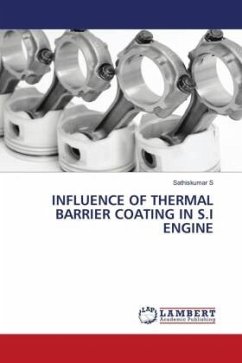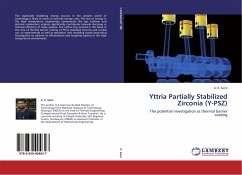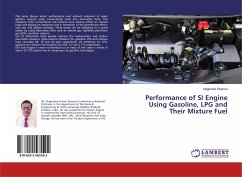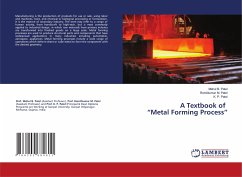In Spark Ignition (SI) engines one of the reasons of more exhaust emission is incomplete combustion of the charge in the combustion chamber. During the working of an IC engine, it is always advisable to maintain the appropriate temperatures in the combustion chamber by minimizing the heat rejection. In the working cycle, part of the temperature generated in the combustion chamber is absorbed by the surrounding walls. Major portion of this temperature is consumed by the piston. Various researchers have worked on this phenomenon to reduce this heat loss. By reducing this heat loss a complete combustion of the charge inside the cylinder can be possible. To achieve this, various parts of the IC engine are coated with Thermal Barrier Coating (TBC). The application of TBCs in the IC engines is in-used last more than twenty three years. This not only helps in increasing the combustion temperature but also reduces CO and HC emissions in the exhaust gases. The use of TBC coatings in the IC engines helps in enhancing the engine performance like brake power, BSFC, thermal efficiency, etc.








